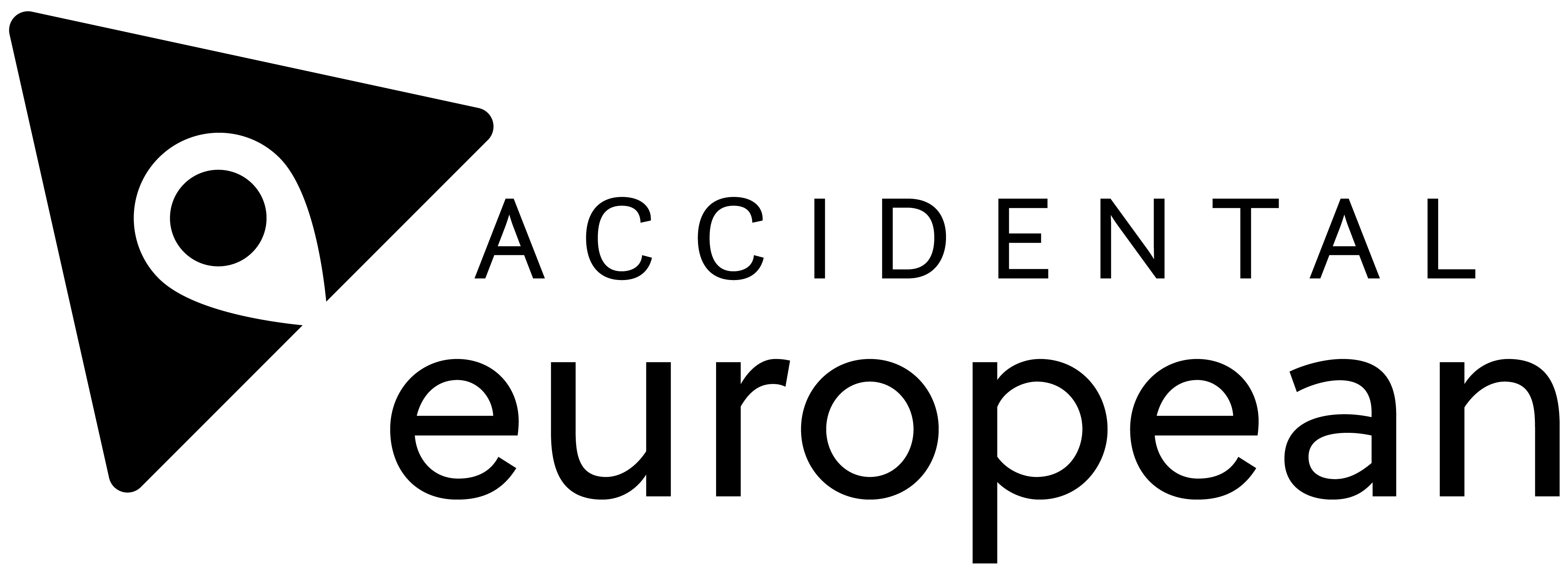“But it’s unethical for companies to lie to consumers about the benefits of a product…”, I said, giving my Consumer Behaviour professor a dubious look that matched my statement.
Paying no mind, he solemnly responds with “They can because nobody is policing the claims.”
And that is the moment I fell out of love with traditional marketing and embarked on sustainability.
You see, the goal of most businesses is to increase the value of shareholders: maximise profit in the short-run. And whatever happens to the environment or society in the medium-to-long run, as a result, is considered collateral damage.
As sustainability became more mainstream in the business community in the 2000s, pressure on businesses to consider the environment in their practices resulted in companies making false “green” claims. For example, you might remember the case of Volkswagen in 2015, when they used deceptive marketing to promote “clean diesel” cars.
The problem with false claims is that it misdirects resources from truly green to “fake” green activities.
But, what does green mean? There is hardly a consensus on the definition of green, meaning investors are often unsure where to direct funds. As a result, they become weary of green investments— laying a foundation for a regulation in the EU to curb false claims and redirect investments to truly green activities.
Have you gotten to know the EU taxonomy for sustainable activities?
Before the EU taxonomy for sustainable activities, a clear definition of what constituted green economic investments was lacking, and this caused confusion, undermining investor confidence. A uniform standard that encourages disclosure (clear and not misleading) on environmental performance enhances transparency and improves trust in green projects.
In 2020, as part of the EU Green Deal, the European Commission introduced the EU Taxonomy Regulation, a classification system that provides a uniform language on what constitutes green economic activities and serves as the basis for promoting sustainable investments. It sets out definitions and rules to help investors and companies transition to a low carbon economy—providing a common understanding of the EU’s climate and environmental objectives, and the criteria to identify green activities.1100 people
But, as expected with anything new, questions arise.
How does this taxonomy define green investments?
Green activities are those that make a substantial contribution to the six environmental objectives and do not significantly harm the environment. The regulation further sets out four conditions an economic activity must meet to qualify as green:
- making a substantial contribution to at least one environmental objective.
- doing no significant harm to any other environmental objective.
- complying with minimum social safeguards (Human rights and promoting “adequate” living conditions for all).
- complying with the technical screening criteria
But what qualifies as “substantial contributions”? For an activity to qualify as contributing substantially to an environmental objective, it must either contribute a positive environmental impact or reduce a negative impact. In other words, the Taxonomy is a tool not only intended to align economic activities with the European Green Deal but also with the Paris Climate Agreement.
Currently, the Taxonomy covers the economic activities of listed companies in sectors that contribute to about 80% of emissions in Europe.
How could this taxonomy affect you, me and society?
While the taxonomy is meant to create a frame of reference for EU member states, financial market participants and large companies, it will have a ripple effect on other sectors and jurisdictions.
Curbs greenwashing
The first implication is that it will promote greater transparency, uniformity and prevent greenwashing. Greenwashing is the practice of falsely or deceptively promoting a company, product, or project as environmentally friendly, such as the previously mentioned Volkswagen scandal.
Economic activities must correspond to the relevant article of the EU Taxonomy for sustainable activities to determine its “greenness” and the “substantial contribution.”
Financial market participants will have to disclose information on green assets in their portfolios under the disclosure regulation. Issuers of financial products, that claim to be environmentally sustainable or have a sustainability objective, are required to report on the proportion of their total income derived from green activities, as well as the proportion of expenditures associated with environmentally sustainable activities. Likewise, non-financial participants such as member states and large public corporations will also need to disclose how their activities align with the environmental objectives. For example, corporations will be required to apply the taxonomy when setting requirements for corporate bonds and states when setting standards and labels.
Creates the first official sustainability benchmark
Disclosures pertaining to climate and ESG (environment, social and governance) in general have gained traction around the globe and the EU Taxonomy may affect international reporting frameworks over time, causing a domino effect. New regulations and increasing investor pressure to invest in sustainable activities — as climate change and the global pandemic rage on — are rendering ESG disclosure valuable to investors.
Currently, countries including China, Japan, Canada, Kazakhstan and Indonesia have expressed interest in developing their own green taxonomies. But, in the meantime, foreign investors will probably refer to the regulation as a benchmark against peers; availing new ways to assess sustainability performance.
Accelerates the flow of funds to green companies
To meet the goals of the Green Deal, funds will have to be directed towards sustainable activities and this taxonomy is one tool to achieve that. Ideally, directing private funds into “green” investments should reduce funding to “brown” or dirty firms, resulting in a fall in greenhouse gas emissions and limiting global warming—a goal of the Paris Agreement and other existing initiatives. However, this could create an asset bubble (large pool of money chasing few activities and crowding the market), as money flows into certain green activities, investors’ prices may rise to unsustainable levels which may lower the intended effect.
Fosters development in science and innovation
This taxonomy may foster science, innovation, and industrial growth, encouraging innovation in green technologies and rewarding green efforts. It is an opportunity for researchers and innovators to access sustainable financing for technologies and solutions that help accelerate decarbonisation.
Challenges the fate of brown investments
On the other hand, there is a debate on whether the regulation is too strict and should define shades of green rather than taking on a binary stance. In its current form, it may be interpreted as strictly categorising activities as either environmentally friendly or environmentally harmful without a middle ground. Activities that do not meet the four conditions may be mistakenly considered as unsustainable which could lead to assets being stranded—assets categorised as unstainable and therefore, no longer profitable due to the transition to a low carbon economy. A middle ground would reduce the risk of stranded assets as it would allow companies with activities that do not meet the four environmental conditions to adjust their strategies, sparking innovation and inspiring them towards green. However, it remains unclear whether investments that don’t qualify will be excluded.
The EU Taxonomy is here to stay. So get to know it
The EU taxonomy for sustainable activities is still a new kid on the block; too early to judge its effectiveness or “coolitude”. Nonetheless, it still represents a step in the right direction as it provides a shared reference for green activities, ultimately steering us closer to a low-carbon Europe.
Other regions will keep a close eye on it, and we will most probably see the emergence of more green taxonomy regulation, which could raise the bar and put pressure on Europe to keep current on new data and approaches to safeguard sustainability. What we have to integrate into our mentality is that the taxonomy for sustainable activities is a living reference that will be updated, or at least should be – continuously. And it wouldn’t just end there.
Beyond the green dream, there is also another dream: social.
Social issues will also need to be taken into account to avoid leaving anyone behind in this green transition. To do this, the EU would have to identify activities that would prevent social harm, promote human rights and encourage provisions to meet the basic needs of vulnerable members of society. Currently a draft report has been issued on a social taxonomy, and the European Commission is currently welcoming feedback.
So you see, Taxonomy is here to stay, and it’s buddies might move in too. What kind of neighbour, friend, colleague will it be? Well, that depends on the individual and collective effort we are willing to make to welcome it to our block.
Block party anyone?









